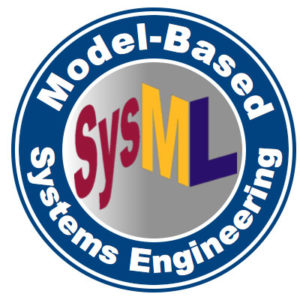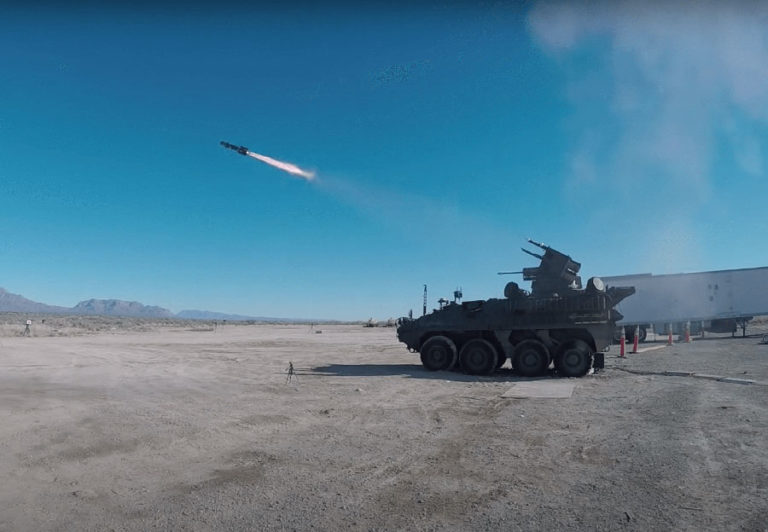Systems Engineering
Systems Should Be INTUITIVE

Model-Based Systems Engineering
We provide innovative solutions through a model-centric approach, allowing for speed, precision, and transparency in systems development. A complex system with interdependent operations typically indicates a higher risk level, which is why our model-based systems engineers manage and store information within a system model, creating a single source of truth. Transitioning from a document-based approach to a model-based approach is not an easy task and requires very specialized skills. This is exactly why our investment in our model-based systems engineering (MBSE) team is so important, ensuring deep understanding of requirements and design, certifying proficiency in Systems Modeling Language (SysML), and creating an environment that fosters collaboration and learning.
Our certifications (OMG Certified Systems Modeling Professional (OCSMP) are validations of the breadth and depth of our MBSE Engineers’ knowledge of the domain and its application. Interested in comprehensive, in-depth SysML training courses through Delligatti Associates?
Systems Architecture
System architecture is the abstract set of features, properties, and characteristics which represent the design that will satisfy the set of system requirements and life cycle support elements through the specific implementation of technology selections. It is focused on the high-level structural design of the system and the interrelationships of the system elements. It may be depicted using standardized viewpoints or templates, such as the Department of Defense Architecture Framework (DoDAF). MBSE can be used to develop the logical system architecture by defining required system behavior, interfaces, and the logical system components, along with specifying requirements. The physical system design architecture can then be developed to reflect specific technologies selected and the actual components used to implement the required behaviors. Using a systematic process to develop a balanced system solution that addresses stakeholder requirements becomes essential as systems becomes more complex.
Test Support
INTUITIVE realizes that testing is critical and have been supporting Government customers with test support for decades. We plan, conduct, and analyze testing for everything from circuit cards to missiles to major weapon systems. Our tests are conducted in every environment, ranging from laboratories to wide open ranges both on land and over the Gulf of Mexico. We plan, coordinate and conduct Verification and Validation Testing, Developmental Testing, Operational Testing. During testing we collect massive amounts of data and then perform data cleansing, reduction, analysis and reporting to enable our customers to make informed decisions regarding weapon system development, integration and sustainment.


Trade-Off Analysis
Trade-off analysis shows the relationship between the system cost and performance requirements, and how that cost varies as the requirements, design parameters, and schedule change. By assessing the trade-off analysis results over the course of the project life cycle, impacts of these changes can be evaluated to control or justify project cost growth. Conversely, in a fixed-cost environment, trade off analysis can be used to prioritize potential design solutions and baseline threshold versus objective requirements. We use MBSE tools to perform simulations to support trade-off analyses, providing stakeholders with multiple options for alternative system designs.
Requirement Analysis
Requirements analysis is critical to linking user needs to the system design elements. By translating those needs into unambiguous, verifiable, and achievable performance specification requirements, requirements analysis provides a framework for accurate assessment of system performance throughout the entire system life cycle. Performing requirements analysis early in the system design and development can reduce overall development time, support realization of cost and schedule targets, and increase the quality of the final system design. MBSE can be used to model a system’s text-based requirements and relate them to other requirements, diagrams, test cases, and other model elements. Requirements modeling serves as a bridge between traditional text-based requirements and the modeling environment.